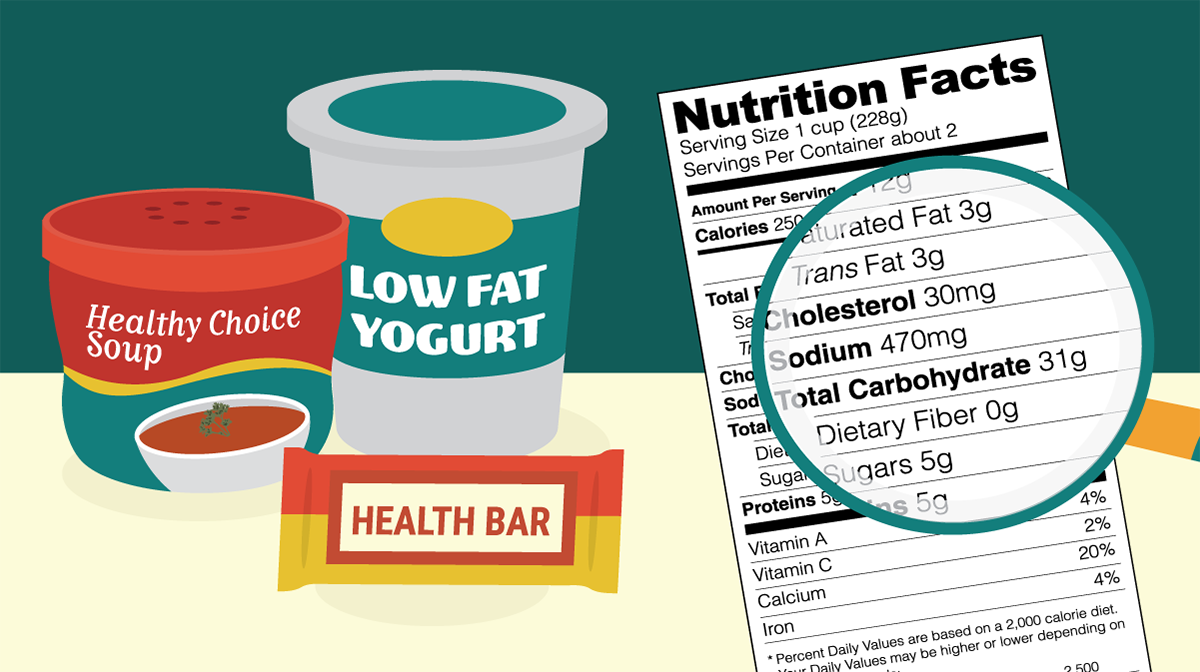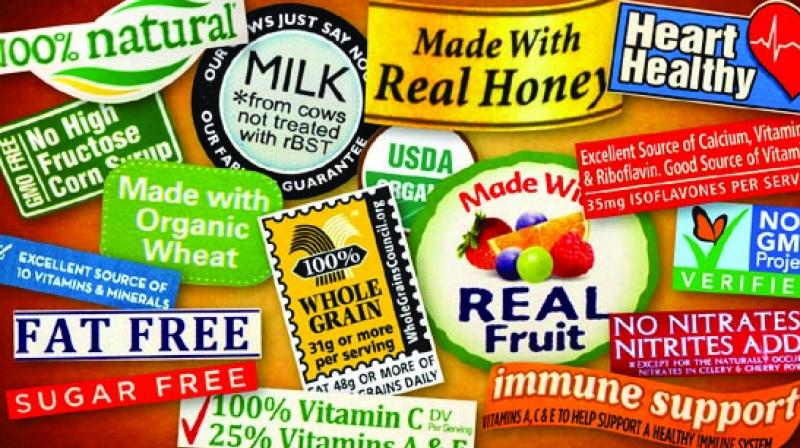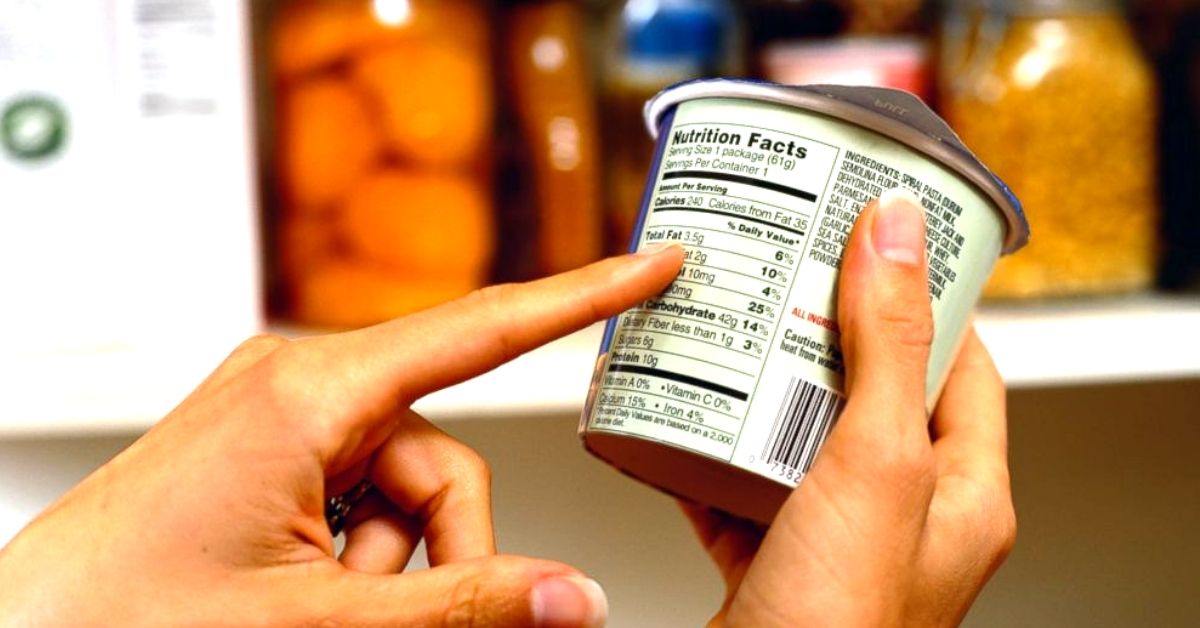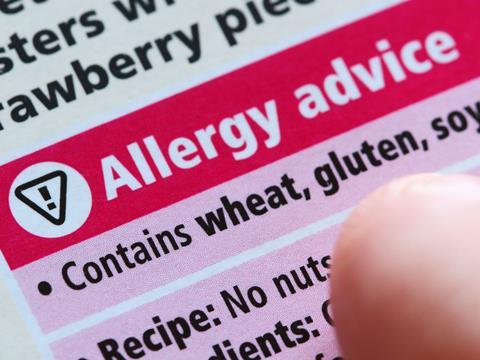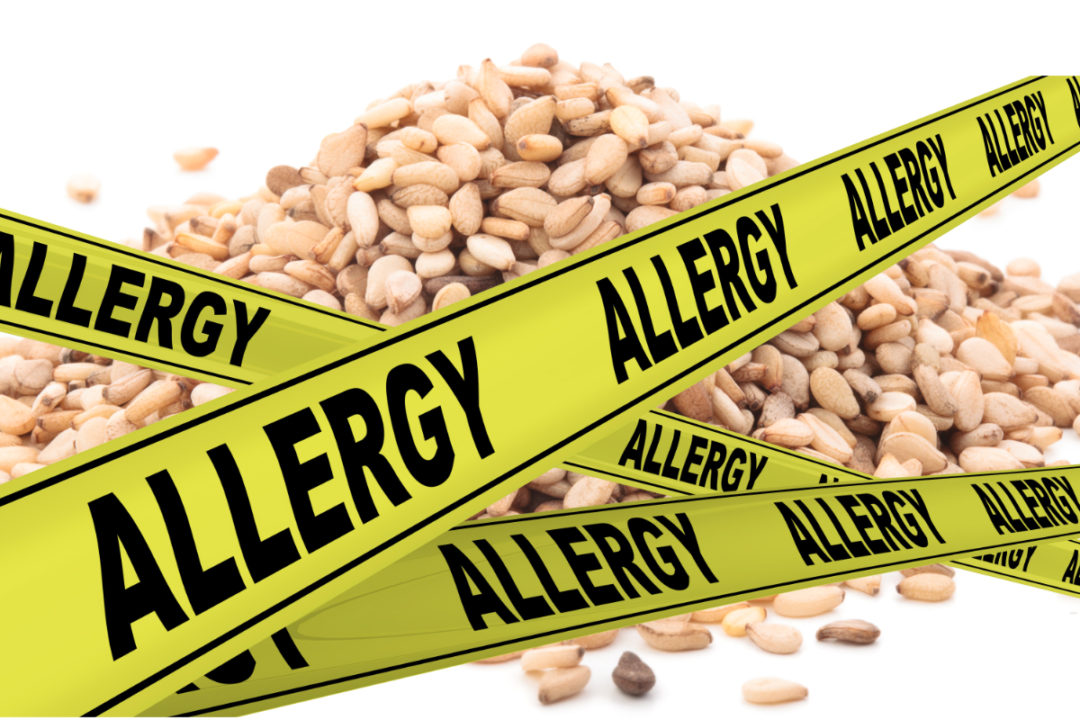Currently Empty: ₹0.00
Clean Labels
Unveiling the Benefits of Clean Labeling in Food
What is food labelling?
A food label, the information presented on a food product, is one of the most important and direct means of communicating information to the consumer The internationally accepted definition of a food label is any tag, brand, mark, pictorial or other descriptive matter, written, printed, stencilled, marked, embossed or impressed on, or attached to, a container of food or food product. According to the FSSAI, labelling means any written, printed, or graphic matter that is present on the label accompanying the food or is displayed near food. Every pre-packaged food shall be labelled with information as prescribed in Food Safety and Standards (Labelling and Display) Regulations, 2020.
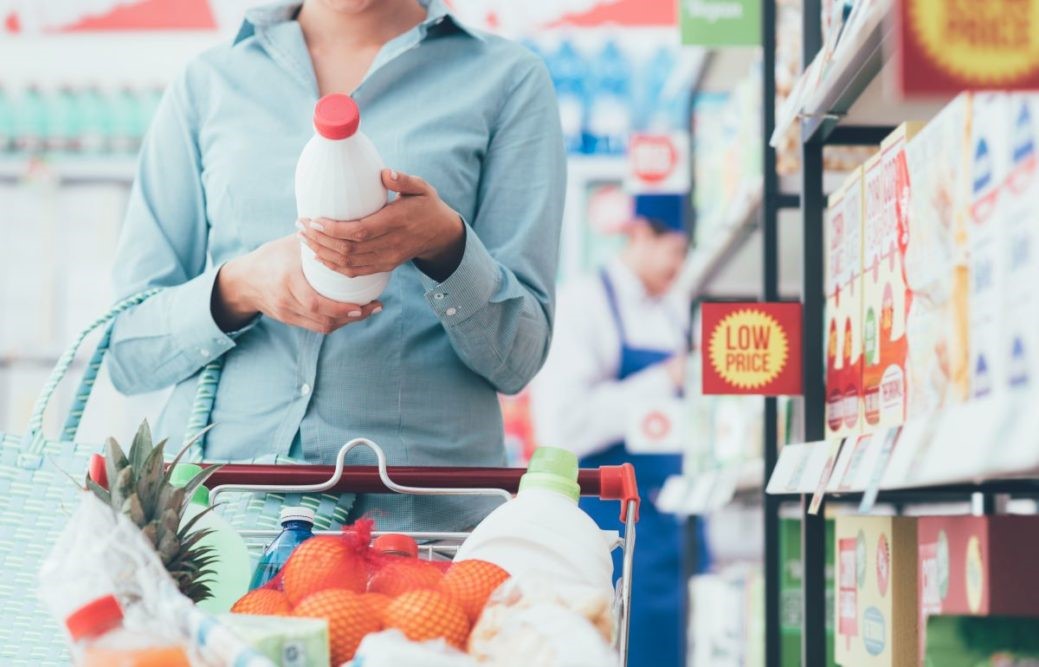
What is a clean label?
The term, ‘clean label’ is not defined by the regulatory bodies, although, its widely used and has become substantial in the food industry. Consumers give much significance to this new paradigm. In fact, consumers are the primary reason behind this revolution. All have become more food-conscious and health-conscious. They would want to know more about what goes into each of their foods.
Hence, was the idea of ‘clean label’ developed. In fact, it is all about making the label cleaner. Making the label clean aims at removal or reduction of some ingredients, for example, use of no additives, no preservatives, no artificial colors and flavors etc. Consumers prefer to understand the content better. They prefer shorter, clean, and clear labels. They are happier to read the ingredient names that are much familiar, which means lesser preservatives and additives!
“Clean labeling” is a consumer-driven initiative that encourages food developers to create products with easy- to-understand labels, listing natural ingredients and minimal artificial additives.
A survey among 1300 consumers spread across Europe, North America and Asia resulted in identifying that almost 76 % of the consumer group are more likely to buy products with ingredients that they understand and trust. Consumers trust the ingredients that they use at home-kitchen. Also, more of those chemistry terms, such as ‘Di-acetyl tartaric acid esters of mono and di-glycerides of edible vegetable oils’, could make it very complicated for the consumer to appreciate. Clean labels, are indeed, a way of response by the food industries to consumer demands for foods with easily perceivable ingredients and lesser questionable ingredients.

The companies have started to create their own list of unacceptable ingredients. U.S FDA had determined that some foods contain ingredients that could cause cancer. In 1990, FDA concluded that Red 3 dye caused cancer in rats. Also, U.S. National Toxicology Program listed the preservative, Butylated Hydroxyanisole (BHA) as “reasonably anticipated to be a human carcinogen”. Some synthetic dyes, as per studies, are identified to trigger hyperactivity and other harmful behaviors in children. Also, the artificial sweetener, aspartame, was found to be causing cancer in animal studies. Hence, some of the companies have initiated to remove such harmful ingredients from their lists.
| Regular Label | Clean Label |
| INGREDIENTS: Wheat Flour, Sugar, Vegetable oil (palm), butter (2 %) (milk), invert sugar syrup, whole milk powder, leavening (Ammonium bicarbonate), salt, Emulsifiers (Soy Lecithin, Mono & Diglycerides of Fatty Acids, Diacetyl Tartaric Acid Ester of Mono & Diglycerides), Natural & Artificial Flavours (Butter, Vanilla & Milk) | INGREDIENTS: Organic sprouted wheat flour, sunflower oil, butter (2 %) (milk), whole milk powder, leavening acid (phosphates), salt, Emulsifiers (non-GMO Sunflower lecithin), Natural flavours (vanilla, butter & milk), invert sugar syrup |
| Ingredient list of a common biscuit in the market | Sample clean label ingredient list |
Clean label, essentially, is built upon the following :
- Natural ingredients: no artificial flavors, artificial colors, artificial preservatives or synthetic additives
- Simplicity: less chemicals and recognizable ingredients that do not have any artificial chemicals
- Transparency: information on how ingredients are sourced and how products are manufactured
- Minimal processing: processing using techniques that consumers don’t understand to be artificial

The above given figures are examples of ingredient list of biscuit in market and sample of clean label ingredients for biscuit, respectively. The applications shall be done after proper analysis, comparison and research studies. Modifications can be made in the type of ingredients/formulation and processing methods used, hence, making the application cost-effective, sustainable and wholesome.
Baby foods used to consist mainly of water, sugar and modified starches and replaced nutritious fruit, meat or vegetables. Companies, Beech-Nut and Gerber have reportedly reformulated the ingredients in their products to make them wholesome and removed or replaced ingredients like modified starches, artificial preservatives and other unsavory substances. This is an example of the ‘clean label’ movement.
The packaging is also a highlight in this movement. According to 21 CFR 100.100, FDA addresses the ‘slack fill’ with respect to misleading containers. As per the regulation, a container which does not allow the consumer to completely view its contents is considered misleading if it contains non-functional slack-fill. Slack-fill is the difference between the actual capacity of a container and the volume of product contained within. The recyclability of packages also is of much significance to the consumers.
Certification Schemes
There are organizations like Clean Label Project (a US-based non-profit organization) which follow rigorous test methods before granting Clean Label certification to consumer products. The Clean Label project has been able to establish evidence-based benchmarks to identify world’s best products. The Clean Label project have extensive platform of checks for various product categories such as drinking water, food & beverages, baby products, cleaning supplies, health & fitness, personal care products and pet food.
There are other third-party certification schemes such as USDA Organic, Non-GMO Project Verified, RSPO-certified (for palm oil) and non-glyphosate certification by Bio Checked.
Challenges and Misconceptions
Food companies want to go with the consumer demand. The industry must find alternatives without compromising the efficacy, price, or the sensory attributes in food. For example, it is easier, to change the term used on the ingredient list, such as, ‘sodium bicarbonate’ to ‘baking soda’. This is familiar and easily recognizable by the consumer. But it becomes challenging to identify natural replacements for those age-old synthetic ingredients.
Another instance, if you mention your product contains tocopherol, consumers may react adversely. However, if you say it contains vitamin E, there is no reaction. But guess what? Tocopherol is vitamin E! And due to government regulations, certain ingredients must be referred to by their scientific names on a product’s ingredient list, so suddenly, “vitamin E” becomes “tocopherol.” And this is where some consumers can get confused or unnecessarily concerned.
Also, consumers take the claims “natural” and “organic” to be part of clean label. But the reality is, some compounds permitted as natural or organic are not necessarily acceptable in clean-label products and vice-versa. For example, natural colorants such as carotenoids and anthocyanins are not allowed in natural labelling but are acceptable in clean labelling. Also, some compounds like potassium bicarbonate, ammonium bicarbonate and calcium hydroxide permitted in organic food products are not acceptable in clean-label products.
Another misconception about the clean-label products is that these are completely healthy. Alas, those could yet carry loads of sugar, salt, and fat. Ideally, food industry wants to get ahead with the trend of ‘clean label’, but it is also the equal responsibility of the consumer to make conscious choice on what they eat.
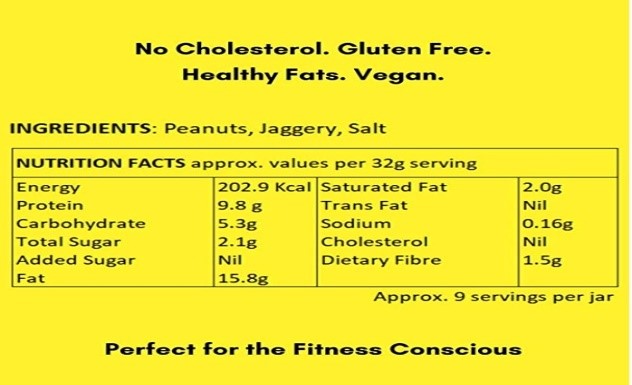

Which labels out of these labels shown above , you find as a cleaner label ?
How can we help?
Does the need of the hour seem harder to achieve? We can help you with that. We can investigate through the technical and regulatory glitches at your industry/product and advise the precise track to optimize. Get in touch with us to know more on label review, clean labelling and certification process for your product.

